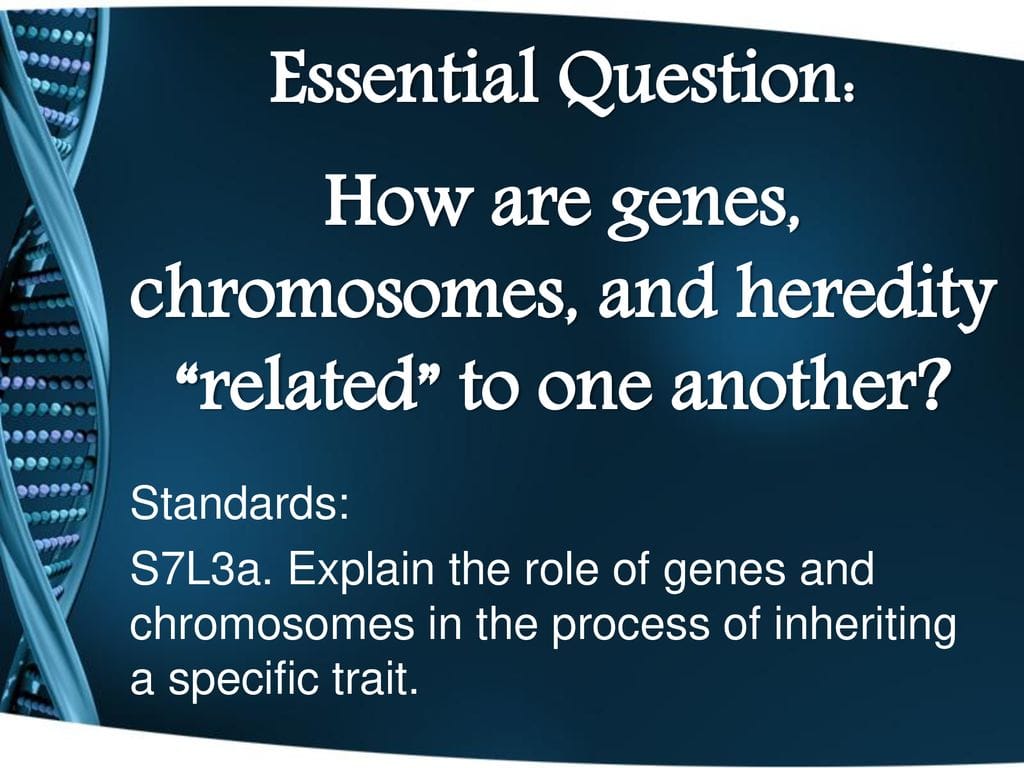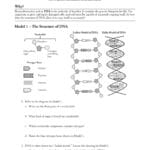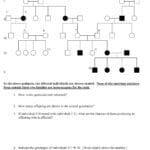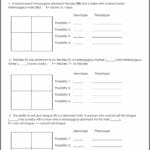Have you ever watched a sporting event and marveled at the seemingly effortless grace and power of elite athletes? While dedication and rigorous training undoubtedly play a crucial role, there’s another powerful force at play: genetics. This article delves into the fascinating world of heredity and its influence on skill-related fitness, exploring how our genes contribute to our athletic potential. We’ll uncover the connection between your DNA and your abilities, examining the complex interplay of nature and nurture in shaping athleticism.
Decoding the Genetic Blueprint for Athleticism
We often hear the phrase “born with it” when discussing exceptional athletes. But how much of athletic prowess is truly innate, and how much is honed through practice? The answer, like most things related to human biology, is complex. It’s a delicate dance between our genetic inheritance, which provides the foundational blueprint, and environmental factors like training and lifestyle, which build upon that blueprint. This “nature” component, what we inherit from our parents and ancestors, is called heredity, and it plays a significant role in skill-related fitness. Let’s explore how our DNA influences our athletic capabilities.
Skill-related fitness encompasses a toolbox of physical and cognitive attributes essential for athletic success. These “tools” include agility, balance, coordination, power, reaction time, and speed. Heredity contributes significantly to the initial sharpness, strength, and availability of each of these tools.
Agility: Weaving through defenders in soccer or executing a quick turn in basketball demands agility—a dynamic blend of flexibility, balance, and rapid reactions. Genes influence aspects like muscle flexibility, proprioception (our sense of body position in space), and the speed of nerve signal transmission. These inherited traits can predispose some individuals to greater agility.
Balance: Staying upright on a surfboard or sticking a gymnastic landing requires exceptional balance. Genes contribute to this by influencing proprioception and the intricate coordination of muscles involved in maintaining equilibrium.
Coordination: The smooth, controlled movements of a tennis player or the precise hand-eye coordination of a baseball batter are partially influenced by genetic variations in how our nervous system and muscles communicate and cooperate.
Power: Generating force quickly and effectively, like throwing a javelin or executing a powerful jump, requires power. The types of muscle fibers we have, largely determined by our genes, significantly affect our power potential. Individuals with a higher proportion of fast-twitch muscle fibers are likely to have a natural advantage in power-based activities.
Reaction Time: Slamming on the brakes in response to an unexpected obstacle demonstrates reaction time, which is influenced by the speed of nerve signal transmission. This speed is partially determined by our genetic makeup.
Speed: Sprinting and chasing a fly ball depend on speed. Like power, the types of muscle fibers we inherit influence our natural speed capacity. Fast-twitch muscle fibers contribute to rapid muscle contractions essential for sprinting.
It’s crucial to remember that inherited predispositions don’t predetermine athletic destiny. Genes provide the initial framework, a starting point. Training and environment play a pivotal role in shaping how these inherited abilities develop. For instance, even with a genetic predisposition for speed, dedicated training is essential to maximize that potential.
Understanding the Genetic Components of Skill
Skill-related fitness, a combination of physical and cognitive attributes, determines our proficiency in sports and other physical activities. Our genetic inheritance serves as a blueprint, laying the foundation for these skills. Some individuals may inherit a higher percentage of fast-twitch muscle fibers, predisposing them to excel in activities requiring speed and power. Others might possess a natural inclination for balance and coordination, potentially due to genetic factors influencing their nervous system.
Genetic variations also influence body composition—the ratio of muscle to fat. A naturally leaner build might be advantageous in activities prioritizing agility. Even cognitive traits like focus and decision-making speed, crucial for skill-related fitness, can be subtly influenced by genetics. However, genes provide the starting point, not the finish line. Like a seed requiring nurturing to flourish, genetic potential needs cultivation through dedicated training. Personalized training, informed by an understanding of one’s genetic predispositions, can further optimize skill development. This might involve focusing on endurance training for individuals with a higher percentage of slow-twitch muscle fibers or incorporating extra balance training for those with less natural aptitude in that area.
This field of study is constantly evolving, and our understanding of the interplay between genetics and athletic performance is continually expanding. Ongoing research delves into the complex interactions between genes and how environmental factors can influence gene expression.
Exploring the Genetic Basis of Your Skills
Our skills are a unique blend of inherited traits and learned abilities. Heredity influences our skill-related fitness in several key ways. The types of muscle fibers we possess, largely determined by genetics, impact our strengths in different activities. Fast-twitch fibers contribute to speed and power, while slow-twitch fibers are geared towards endurance. Our body composition, also partially determined by genetics, influences our suitability for various sports and activities. Beyond the purely physical, genetics also plays a role in cognitive abilities like reaction time and spatial awareness, which are essential for many skills.
Cardiovascular fitness, how efficiently our bodies deliver oxygen to muscles during exercise, is influenced by genetic factors affecting heart and lung efficiency. Similarly, flexibility, our ability to move joints through a full range of motion, is partially determined by the genetic structure of ligaments and tendons. While genetics provides the foundation, training, practice, and dedication are essential for maximizing potential, regardless of genetic predispositions.
| Factor | Genetic Influence | How it Impacts Skills |
|---|---|---|
| Muscle Fiber Composition | Significant | Speed, Power, Endurance |
| Body Composition | Significant | Suitability for certain activities |
| Cognitive Abilities | Moderate | Reaction Time, Spatial Awareness |
| Cardiovascular Fitness | Moderate | Endurance, Stamina |
| Flexibility | Moderate | Range of Motion |
Our understanding of genetics and athletic performance continues to evolve. Ongoing research continues to uncover new connections between our genes and our physical capabilities. While genetics plays a significant role, it is the combination of our genes and our choices, including training and lifestyle, that ultimately shapes our skills and abilities. In this era of biological advancements, understanding the fundamentals of DNA is more important than ever. Explore the intricacies of DNA replication with our interactive dna replication worksheet to deepen your understanding of this fundamental process.
- Unlock Water’s Symbolism: A Cross-Cultural Exploration - April 20, 2025
- Identify Black and White Snakes: Venomous or Harmless? - April 20, 2025
- Unlocking Potential: Origins High School’s NYC Story - April 20, 2025
















1 thought on “The Influence of Heredity on Skill-Related Fitness: Nature’s Contribution to Athleticism”
Comments are closed.